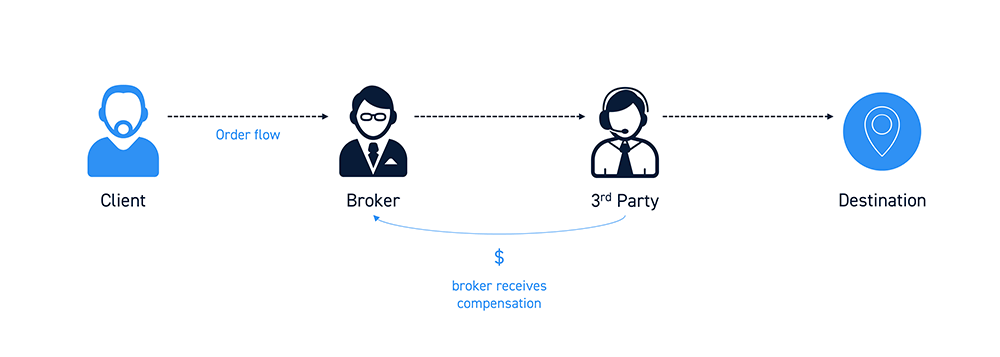

While many retail trades are executed off-exchange, we find that they receive meaningful price improvement, particularly when spreads are at their minimum. The paper documents important differences in payment for order flow (PFOF), spreads, and price improvement across asset classes. Transportation Economics in the 21st Century.Training Program in Aging and Health Economics.The Roybal Center for Behavior Change in Health.

Retirement and Disability Research Center.Measuring the Clinical and Economic Outcomes Associated with Delivery Systems.Improving Health Outcomes for an Aging Population.Early Indicators of Later Work Levels, Disease and Death.Conference on Research in Income and Wealth.Boosting Grant Applications from Faculty at MSIs.Productivity, Innovation, and Entrepreneurship.

International Finance and Macroeconomics.Securities and Exchange Commission has required public companies to report on aspects of human capital that are material to understanding their businesses. Some investor groups are pushing companies to report more on HR data in financial accounting to better estimate a company’s value, he says.

However, the financial accounting rules consider training costs an expense that “needs to be completely offset by income earned that year,” Cappelli writes. You’d think that would be investing in an employee. Let’s say a company believes in an employee's potential and sends them for a tech course. The current state of financial accounting of human capital also distorts practices in hiring, training, and benefits, according to Cappelli. When business recovered, it couldn’t hire pilots fast enough and lost millions of dollars of revenue from canceled flights.” “In the prelude to the Great Recession, Northwest Airlines fired hundreds of pilots. “Some companies learned this lesson the hard way in past downturns,” Colvin writes. According to Layoffs.fyi, a website that tracks tech layoffs, 312 tech companies have laid off more than 97,000 workers since January.īut sometimes layoffs are counterproductive as there are also hidden costs, Fortune’s Geoff Colvin reports. Though they may be your biggest competitive advantage, "Employees are not considered assets-even though the tenure of a valuable employee is often far longer than the life of any piece of capital equipment,” he writes.Įmployees, along with investments in them, are treated as expenses or liabilities, Cappelli notes. But the standards for these accounting rules set by the Financial Accounting Standards Board need a reboot, according to Cappelli. “If employees had asset value, one would think twice about just cutting them,” says Cappelli, also the director of Wharton’s Center for Human Resources.įor decades, public companies have been required to use generally accepted accounting principles to report their financials. financial reporting standards are in part to blame. Cappelli argues that employers have gotten bad at managing employees and U.S. Taylor professor of management at the Wharton School, is the author of the new piece, "How financial accounting screws up HR," published in Harvard Business Review. accounting rules force companies to classify human capital that makes them seem like an expense to be cut, rather than an asset to be protected. But one Wharton professor has a different view: It's how U.S. Most bosses blame layoffs on economic downturns, a decline in demand for services, or even overhiring. Very interesting comment from Fortune's Sheryl Estrada on how there’s a surprising culprit behind mass layoffs, says a prominent management professor at Wharton:


 0 kommentar(er)
0 kommentar(er)
